From mangrove to city to hotels here is a final, eclectic mix of pictures from my trip to Sri Lanka.
This final article in my Sri Lanka travel blog is a bit of a mish mash of various impressions from my trip to this wondrous island. It is neither chronological nor thematic, just a collection of things that did not make it into the previous articles.
We spend some relaxing hours on the Madu River in the Mada Ganga wetland, which is a Ramsar Site and home to 303 plant species and 248 vertebrate species. The river drains into the Indian Ocean. Along the way we see mangroves, floating kiosks, tiny villages, fishery, a cinnamon farm, purple-faced langur, cormorants, fish eagles, pied kingfisher and water monitor.
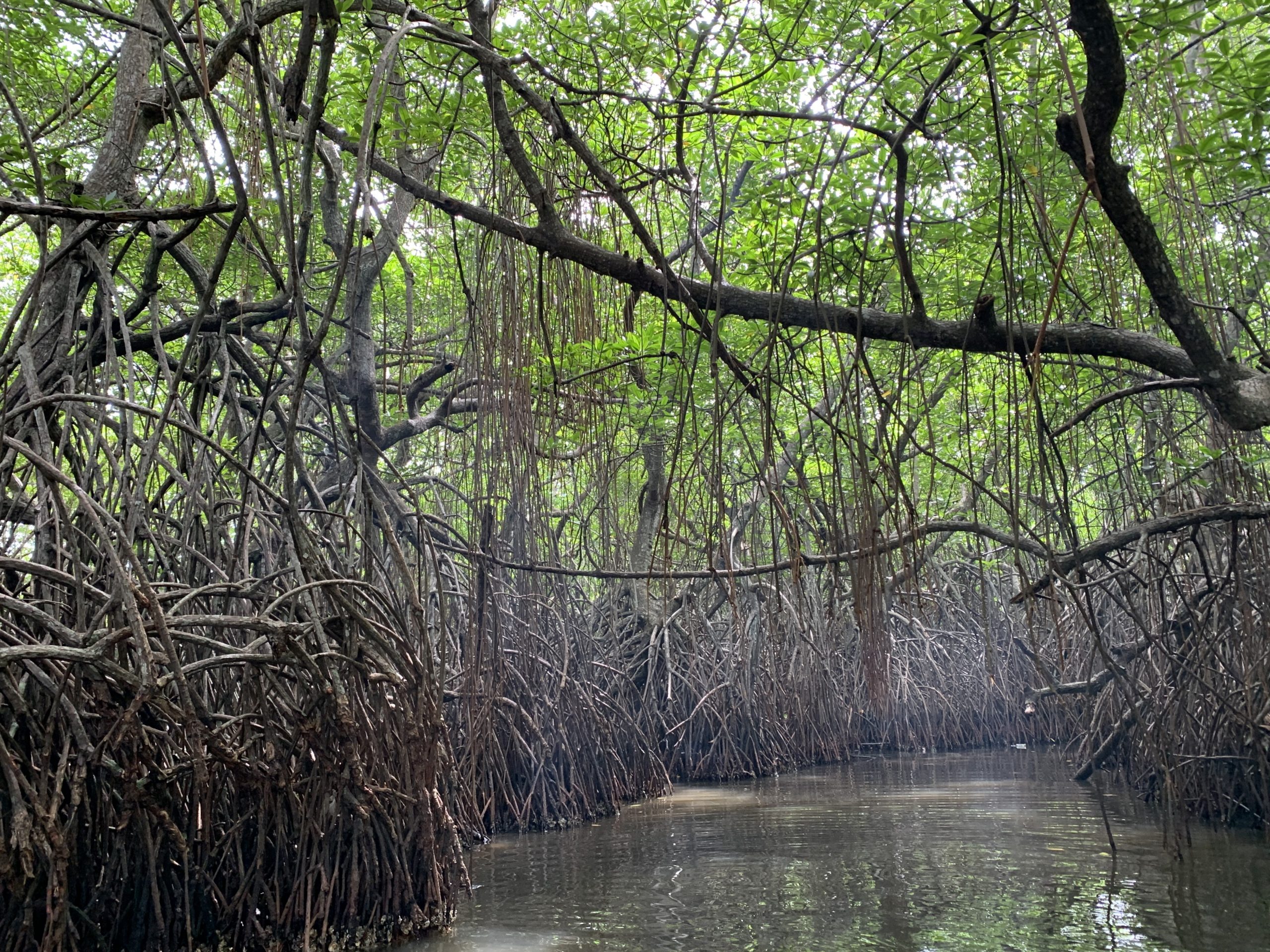
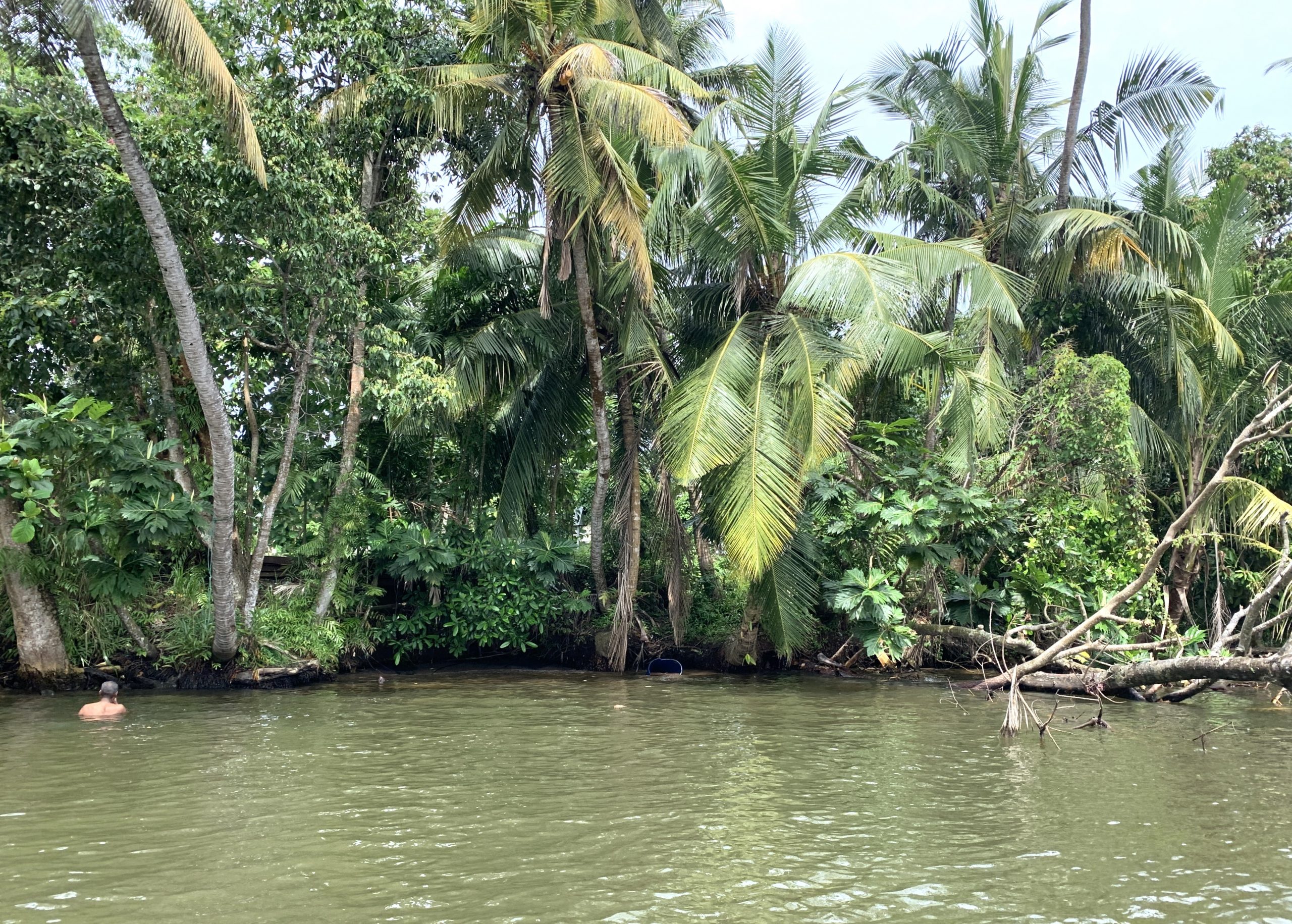
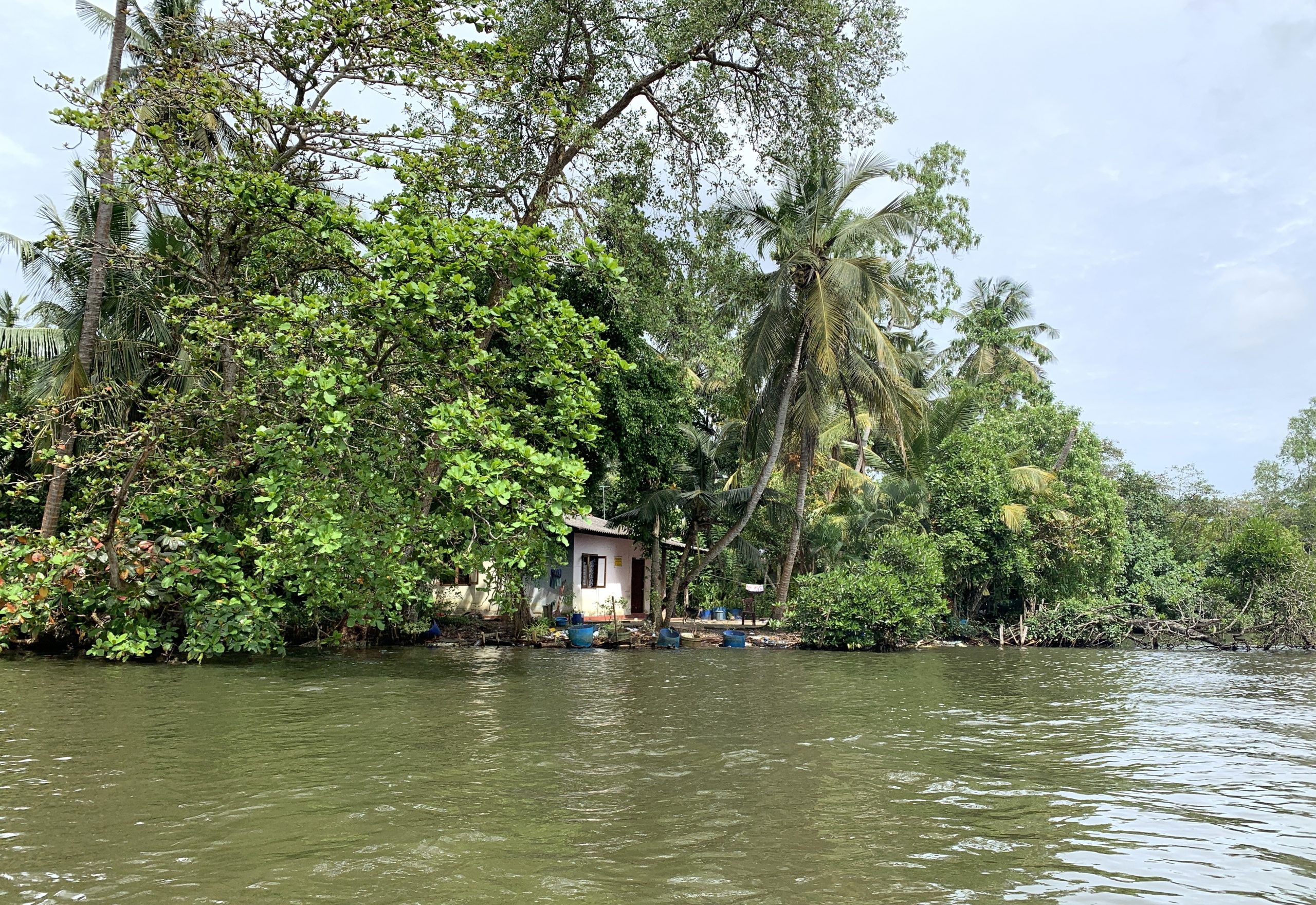
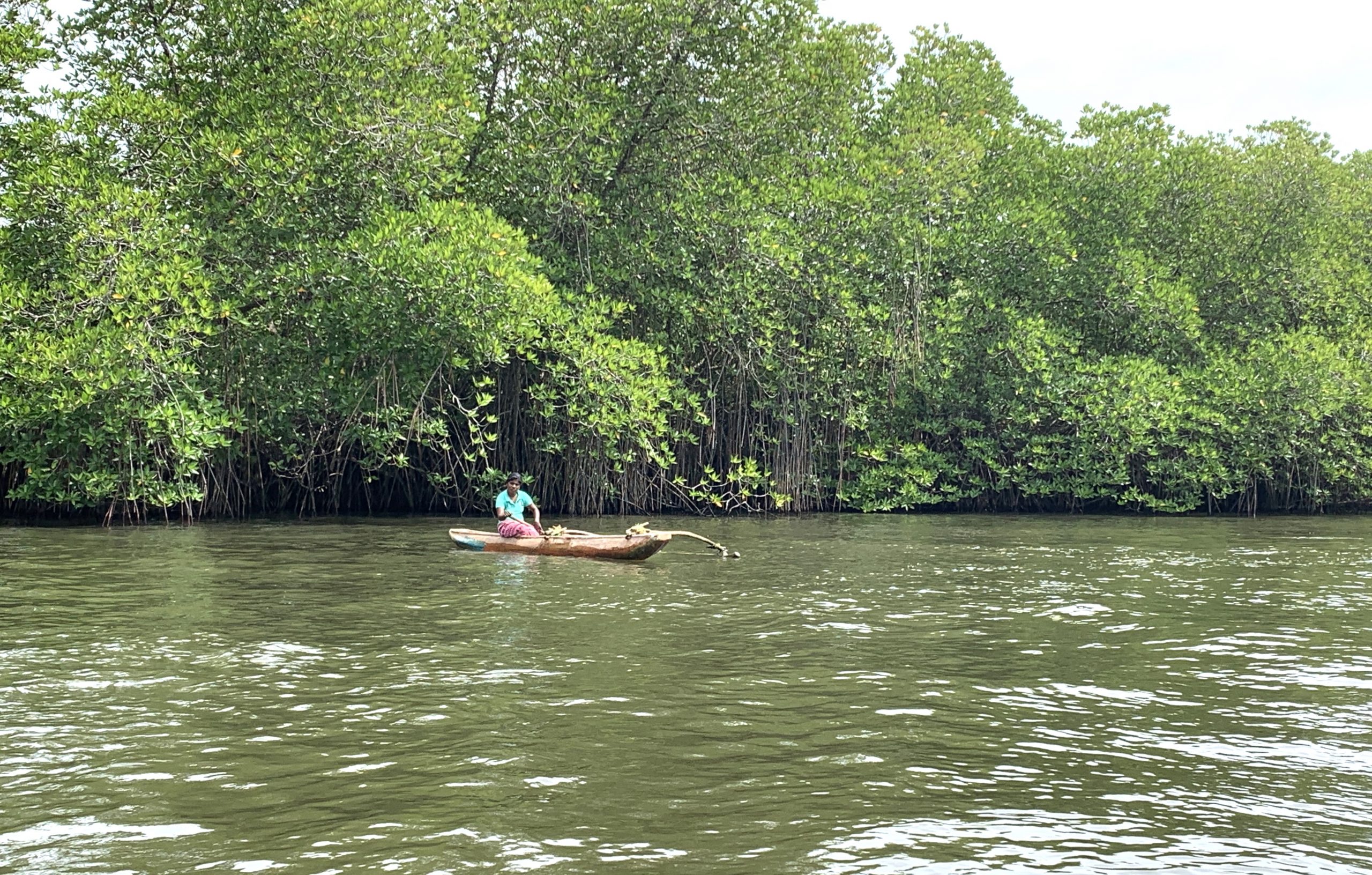
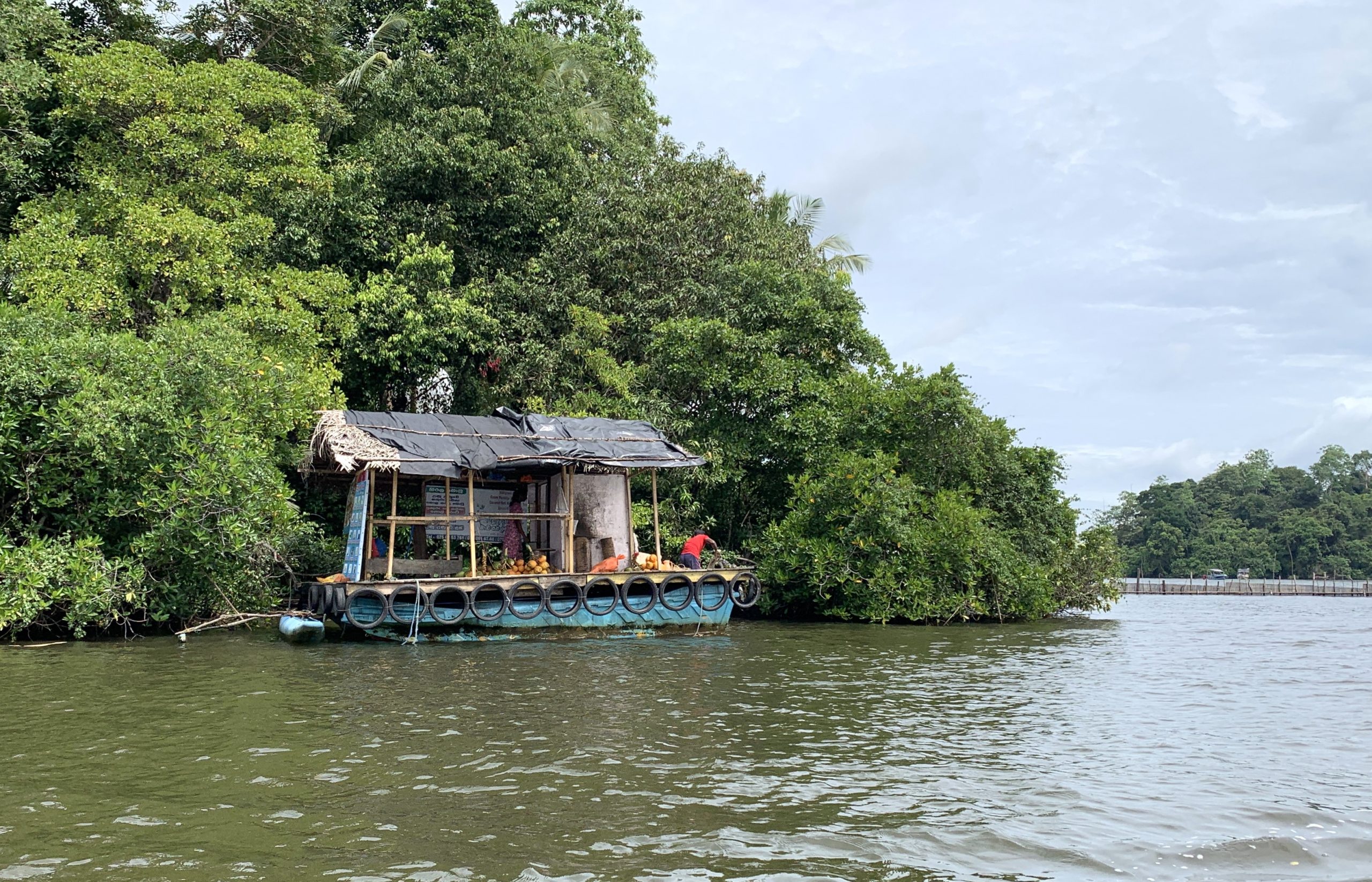
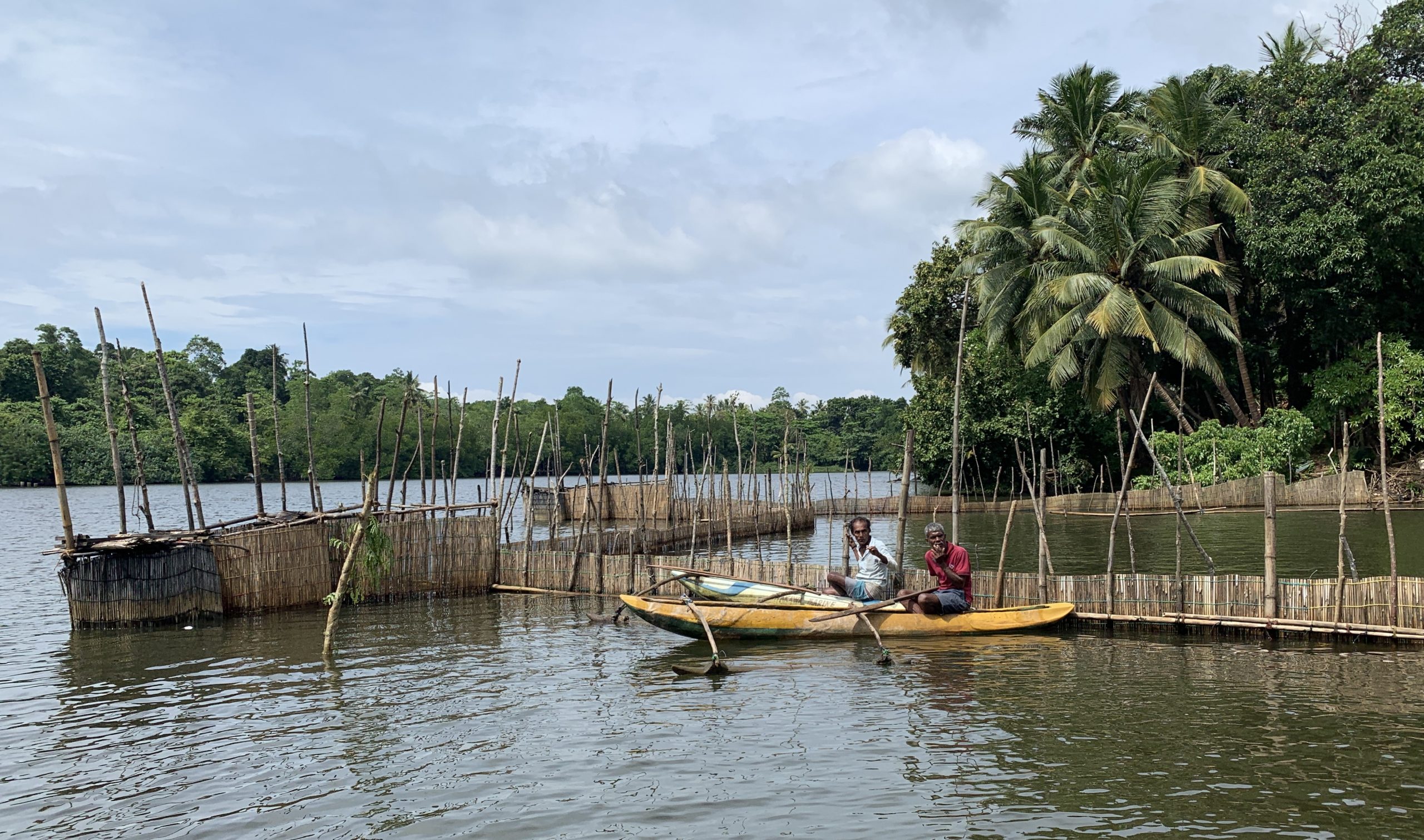
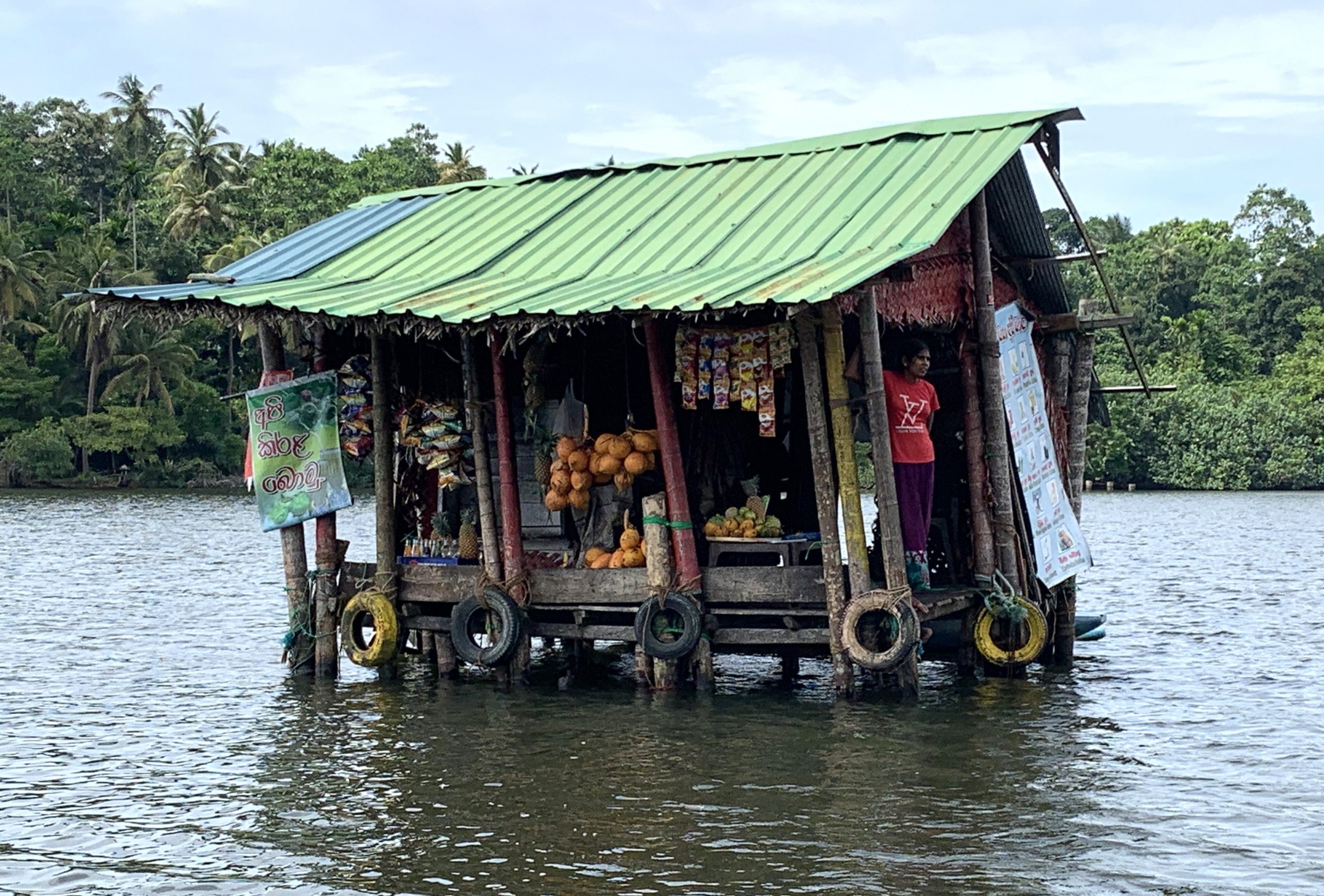
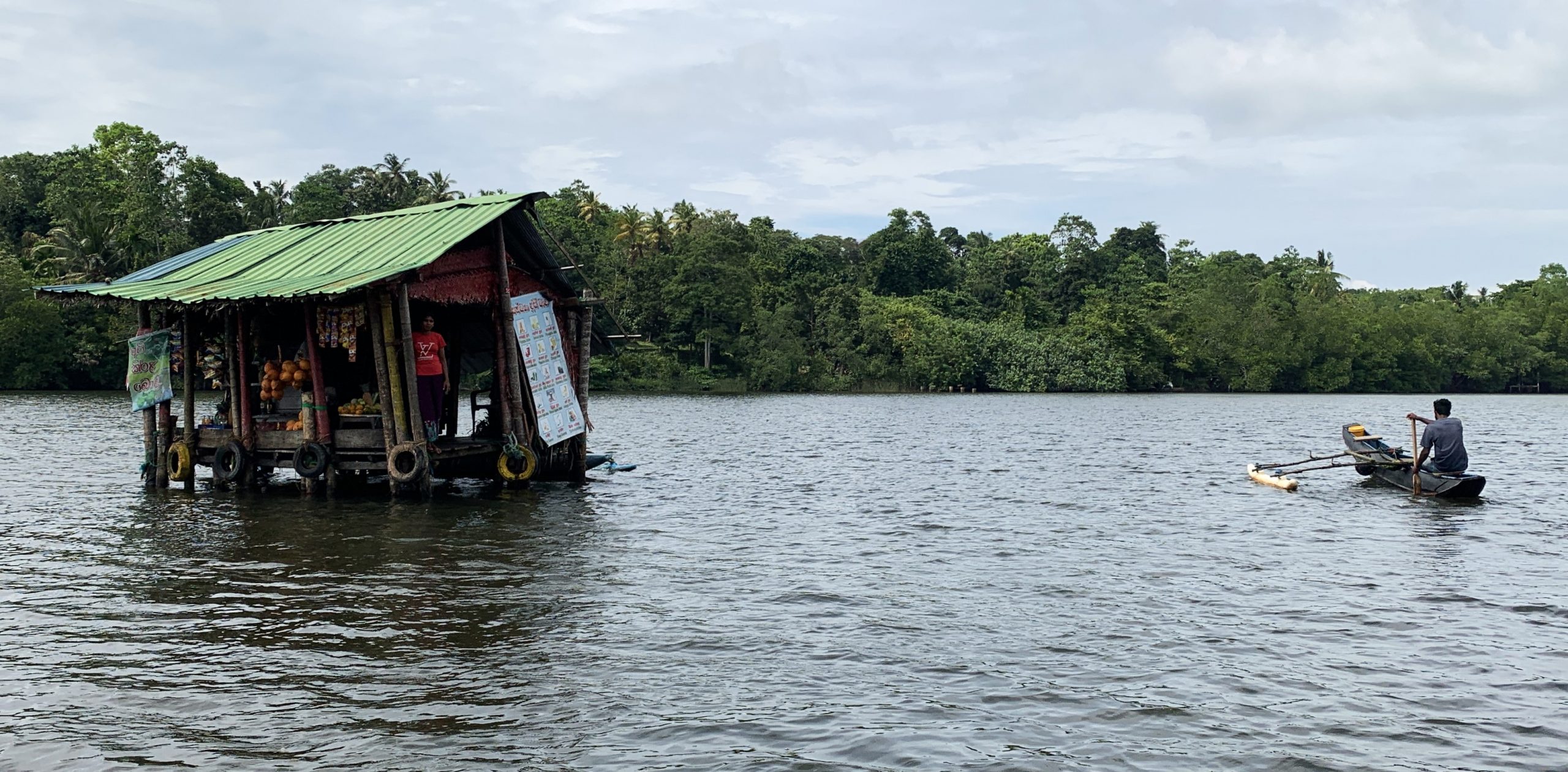
We visit the city Galle with its UNESCO World Heritage Site fort. During the colonial period the city was first controlled by the Portuguese, then the Dutch, and then the British. The Dutch built the present fort in 1663. Interestingly, the walls seem to contain fossils.
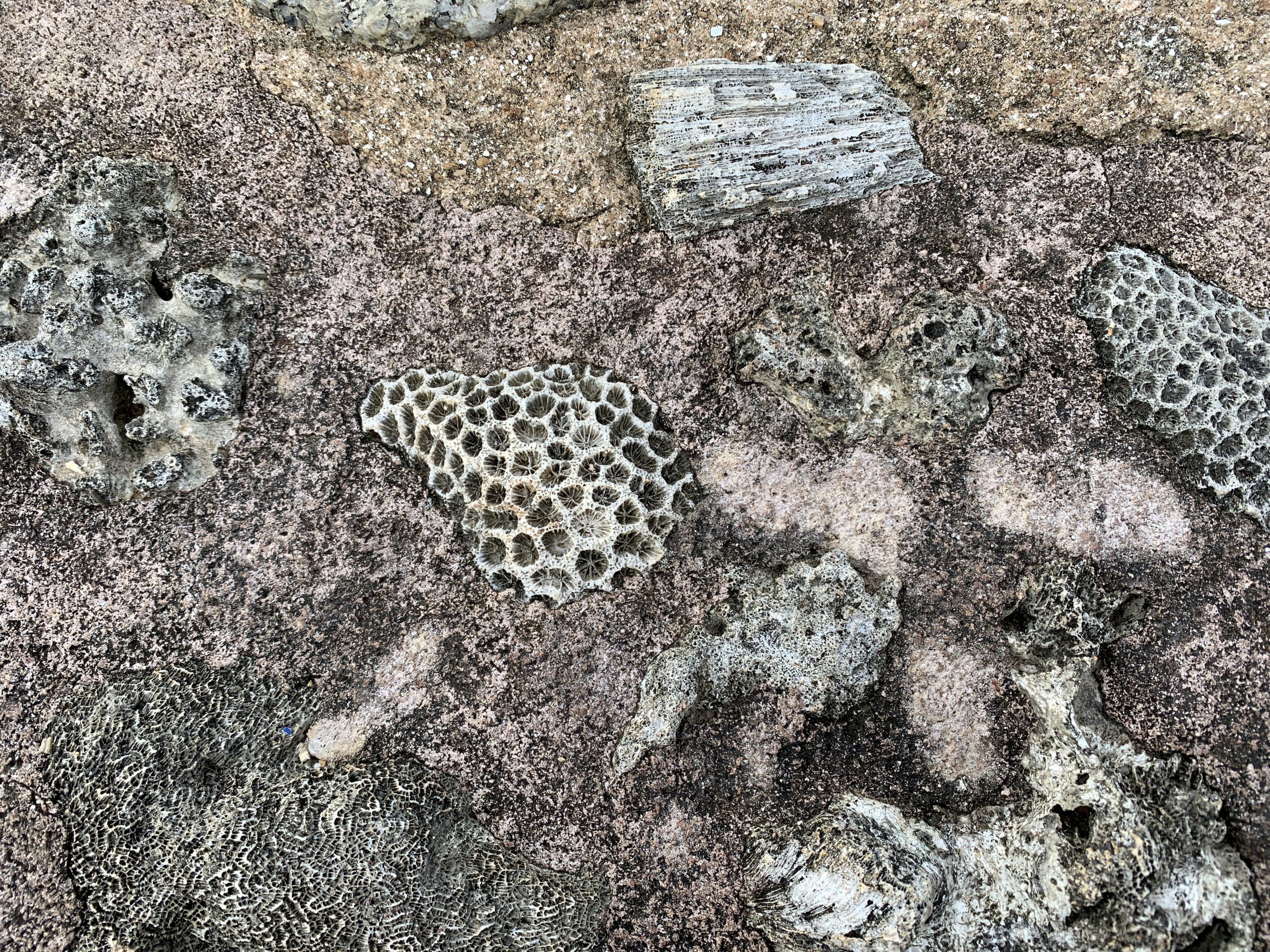
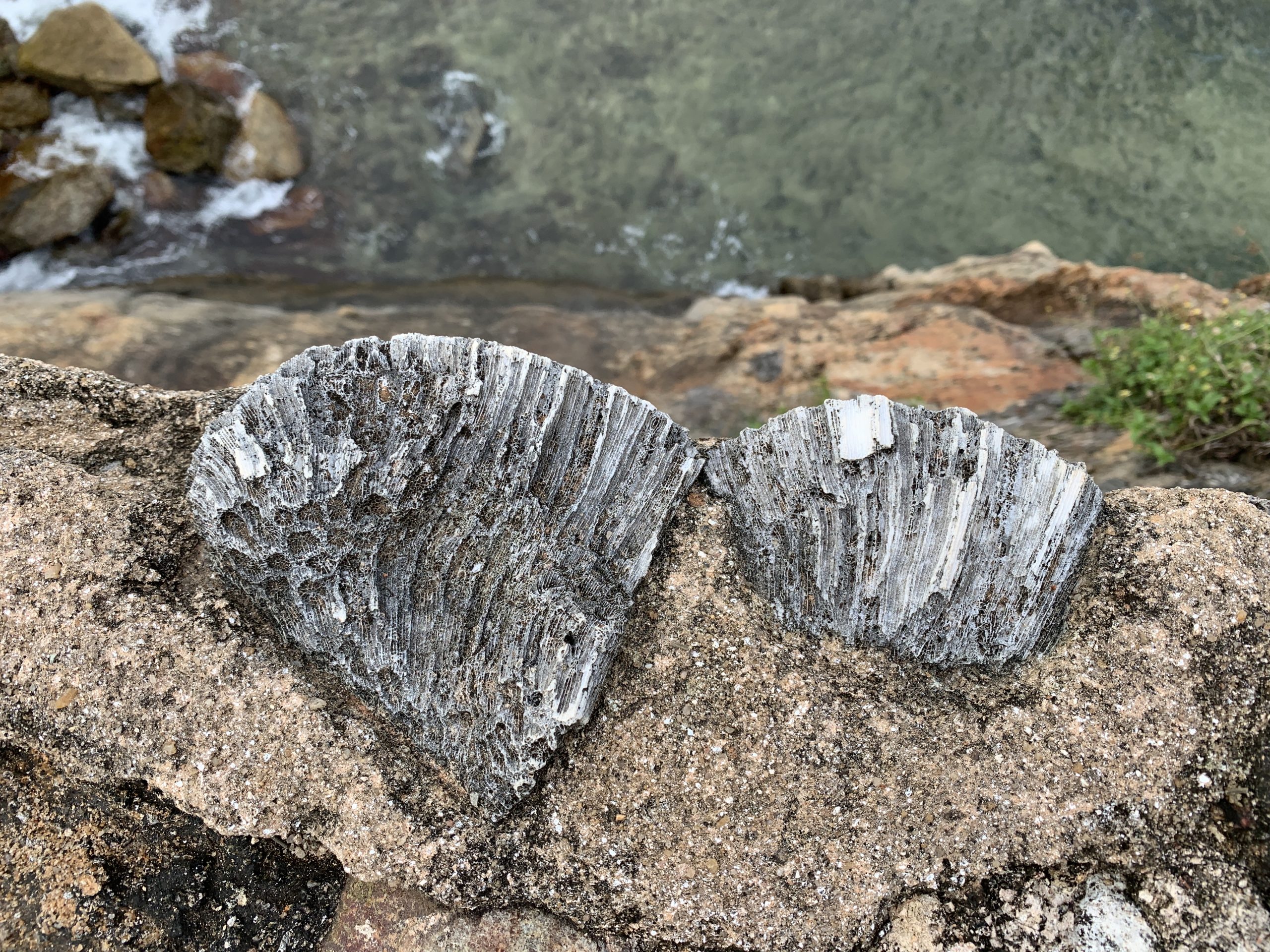
The British took over from the Dutch in 1796 and preserved the fort unchanged. It is the largest remaining fortress in Asia built by European occupiers. The city streets still retain a colonial atmosphere.
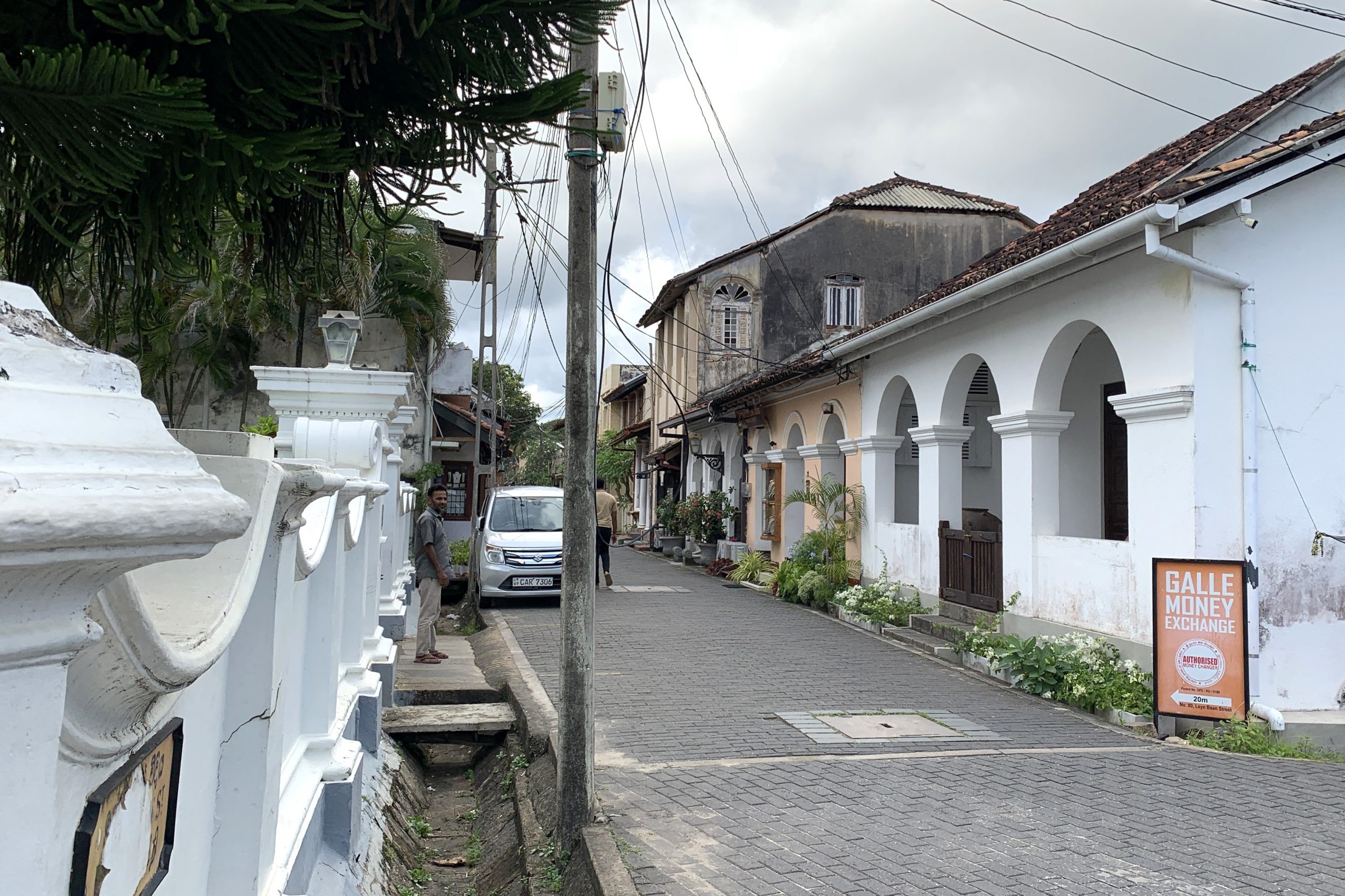
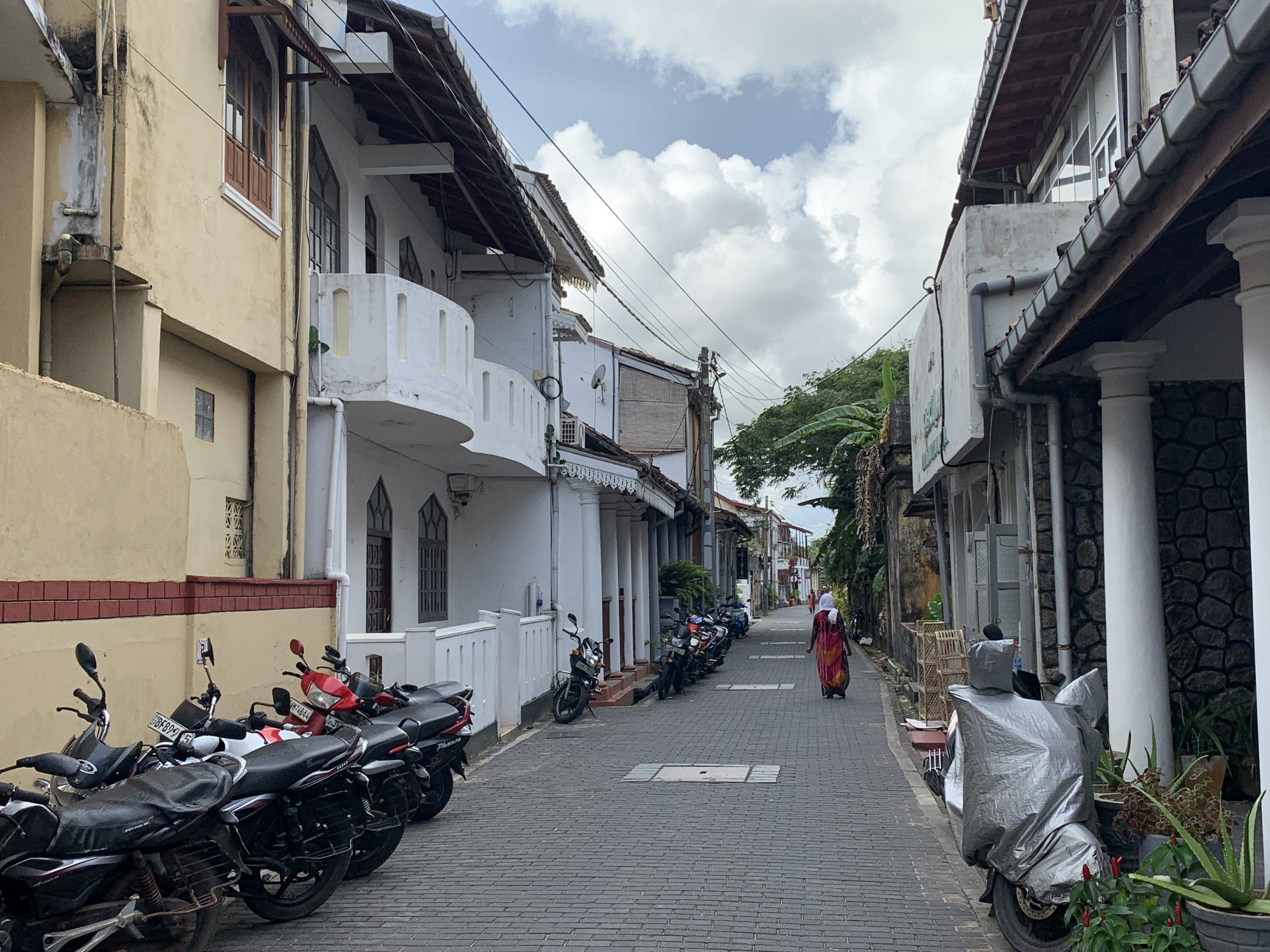
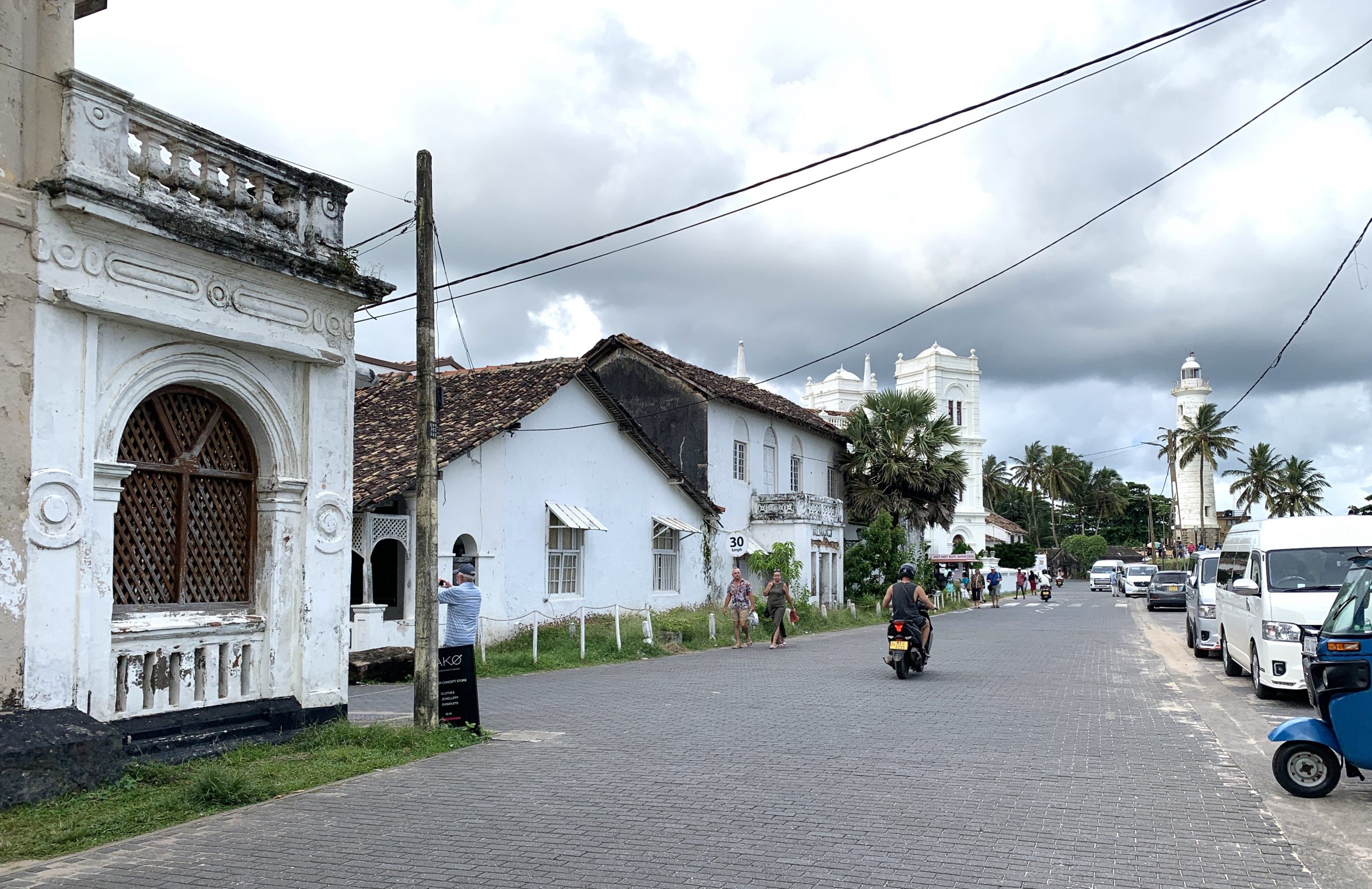
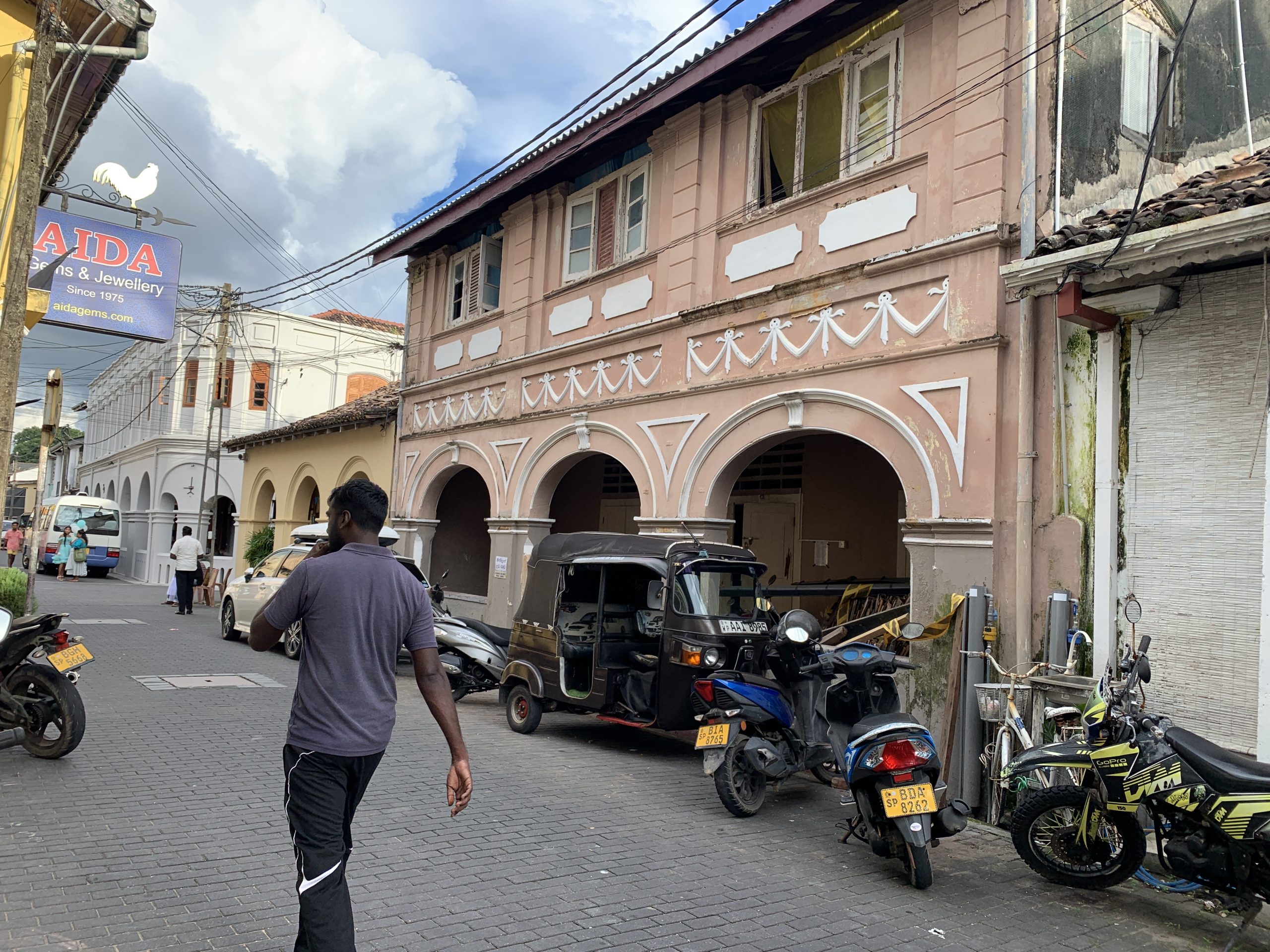
Adding to the ambience are the pretty harbour and parks. Note the huge tree behind the ubiquitous tuk-tuks.
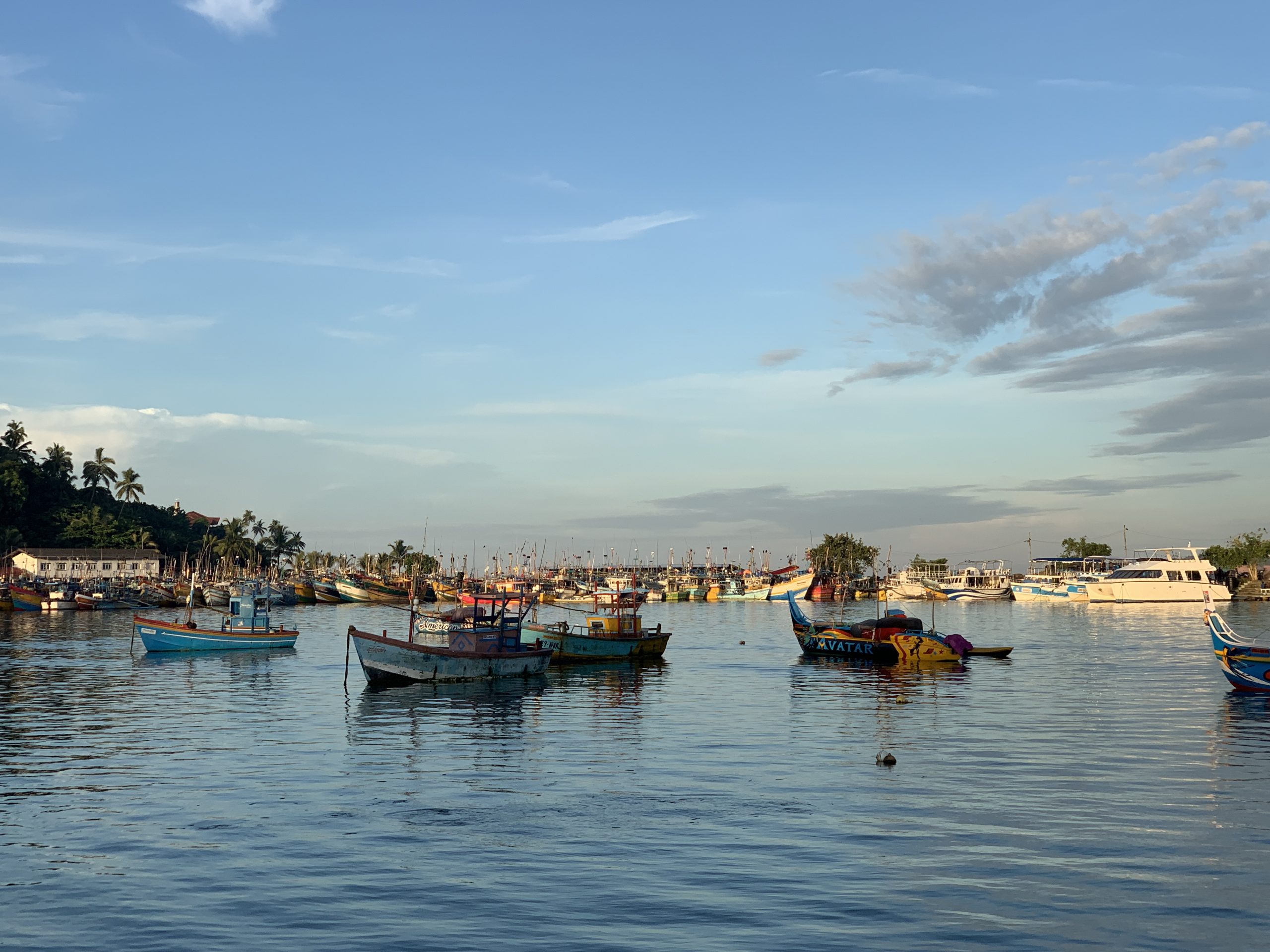
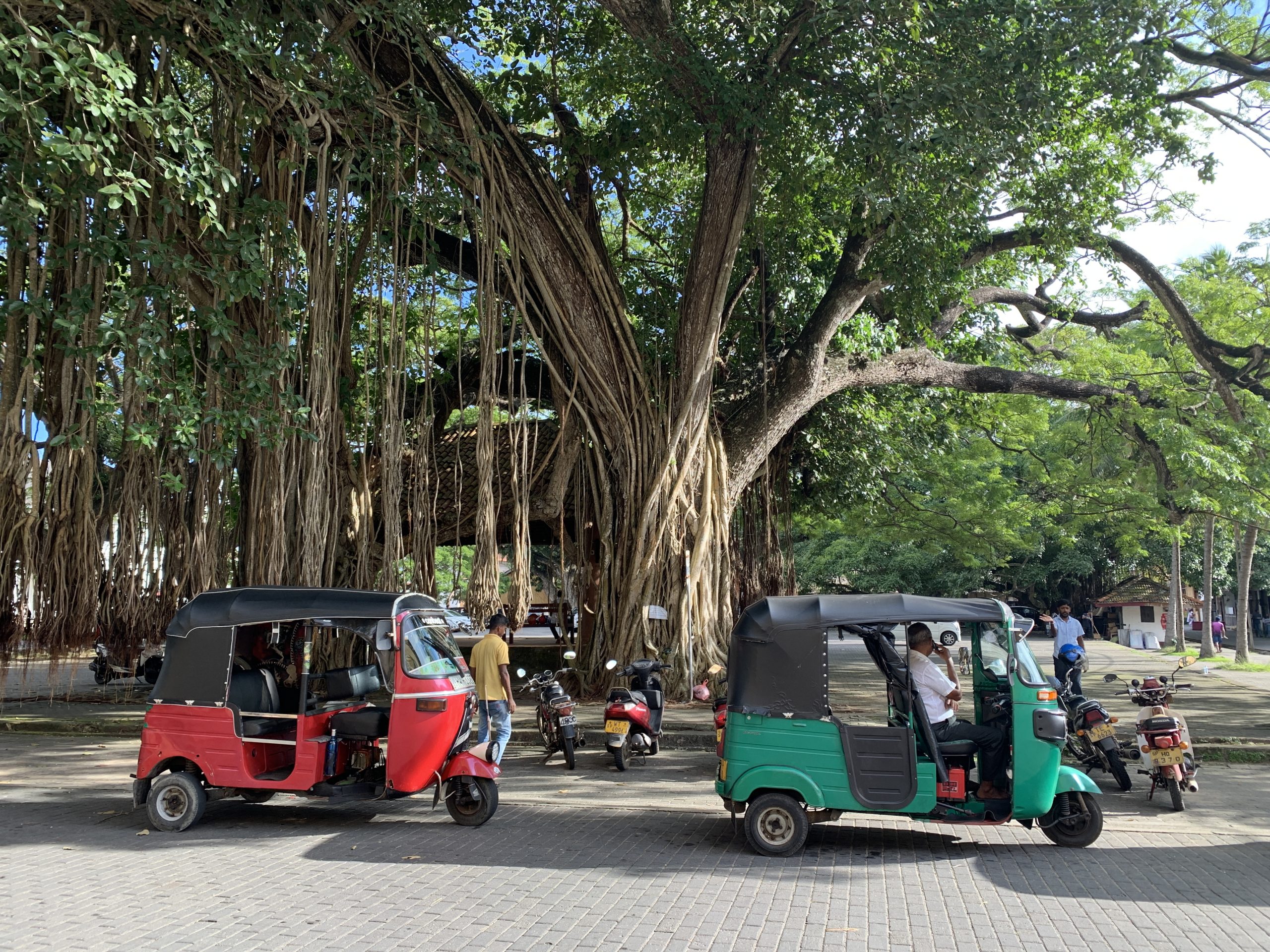
I don’t usually write about the hotels I stay at, but you must see one of the ones I enjoyed on this trip. In the first photo below, you can see the wonderful outdoor bathroom. Nothing beats taking a shower in fresh air. In the second photo below is the view from the same hotel room, looking out onto the pool and the ocean. Who could ask for more after a day of travelling and seeing all sorts of new things?
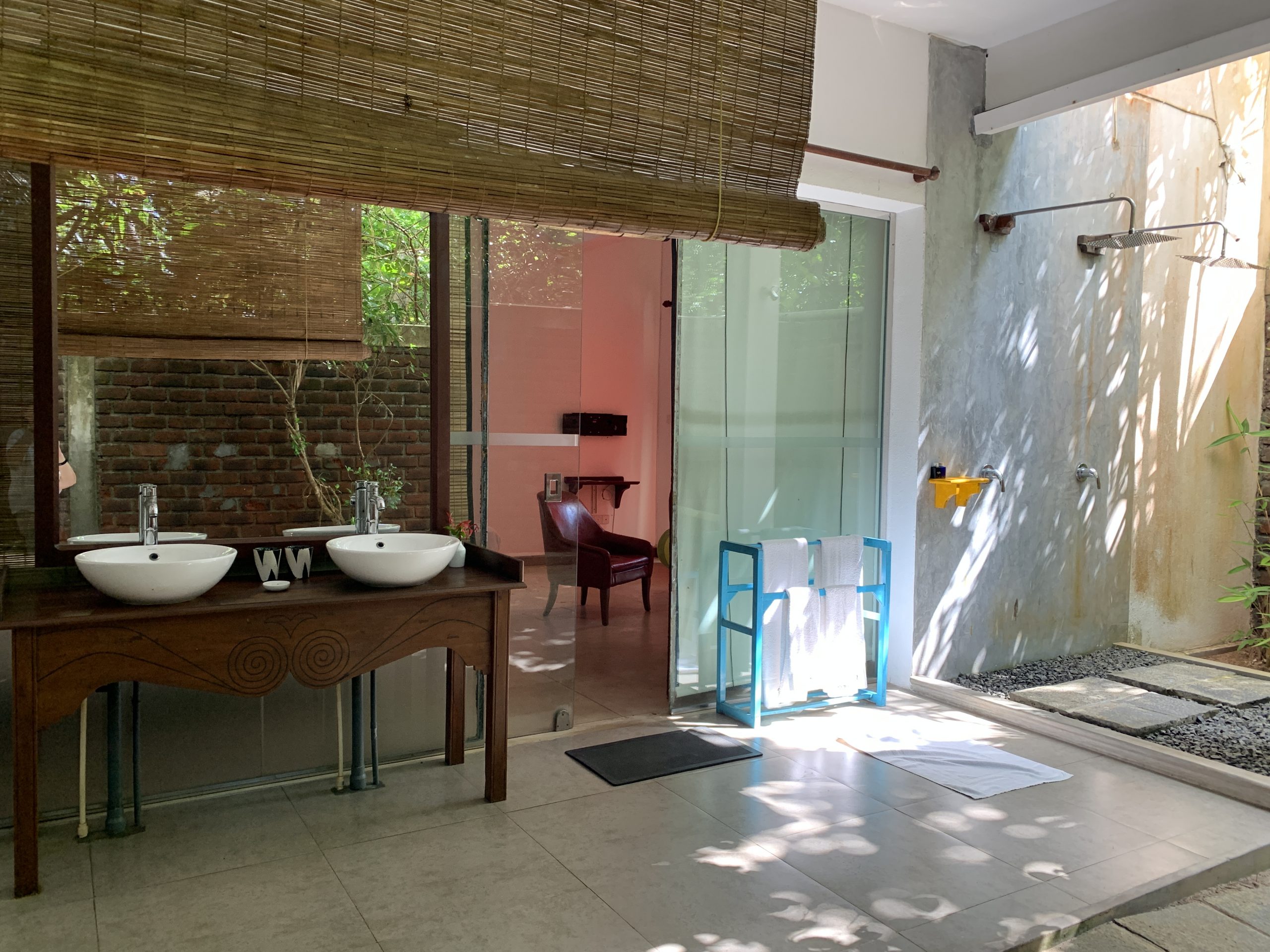
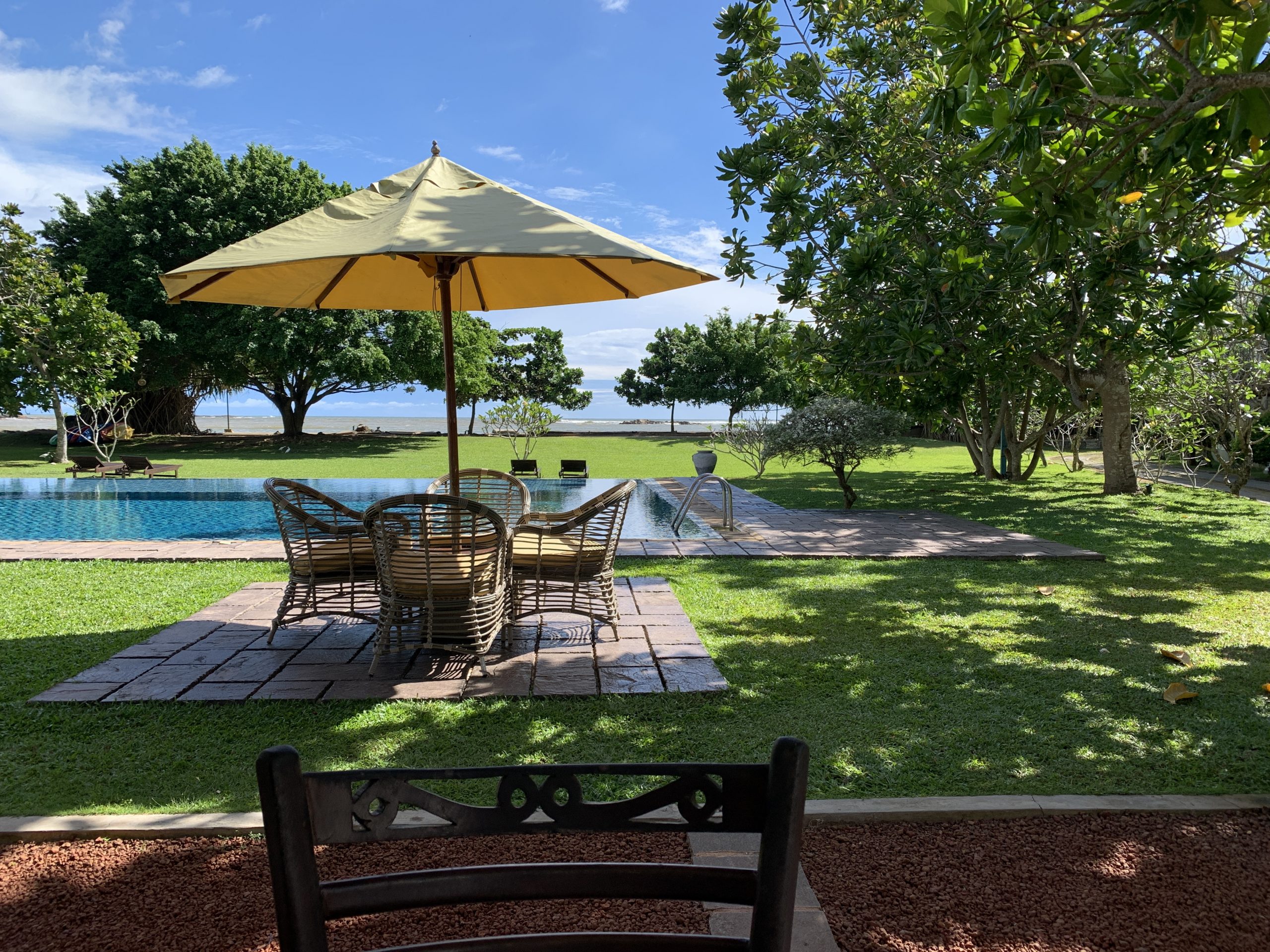
I had a bit of company at the various hotels. Below is a dangerous-looking wasp that did not understand that I did not want its company while sitting on the patio and a large dinosaur-type thing on the hotel grounds.
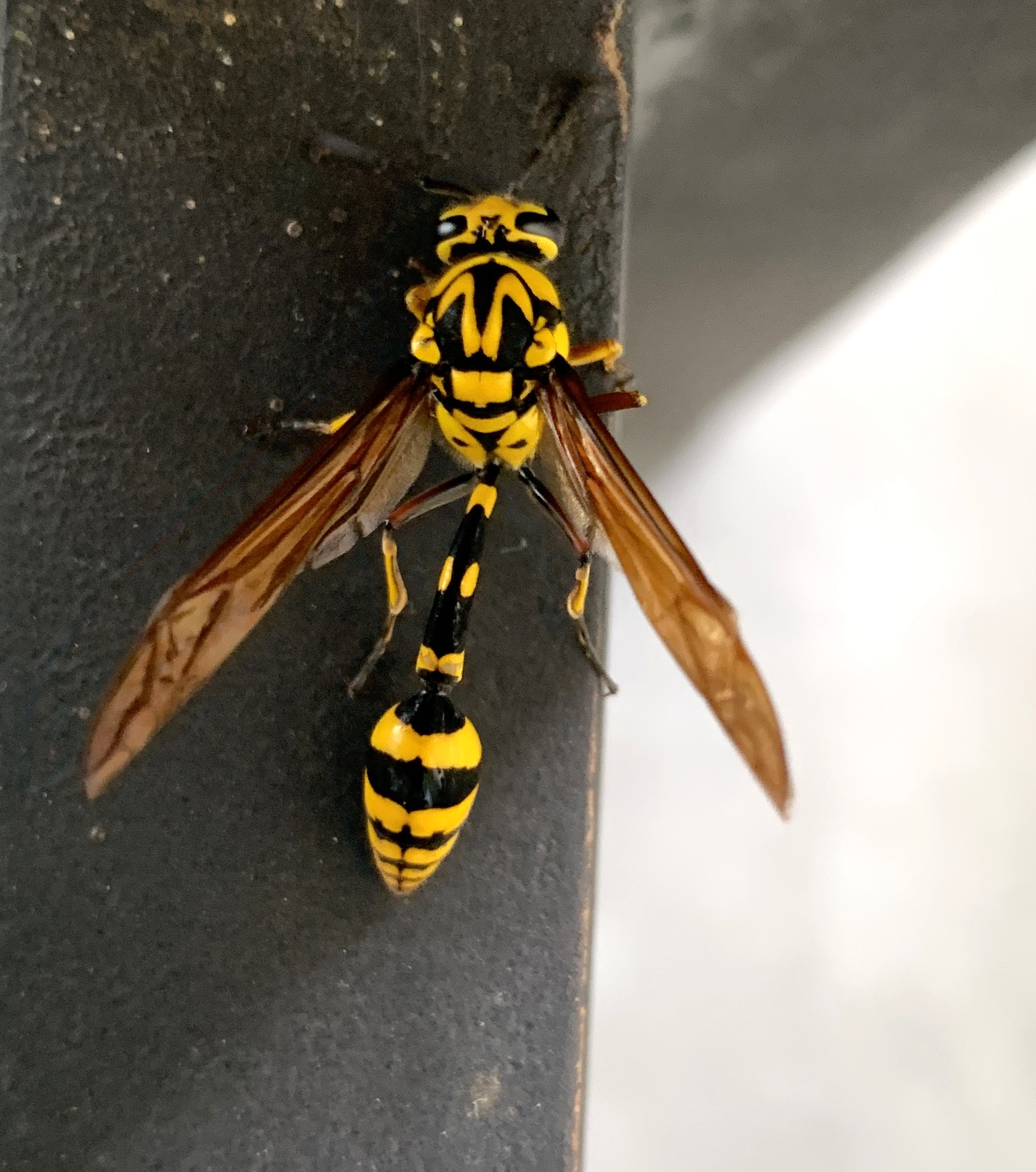
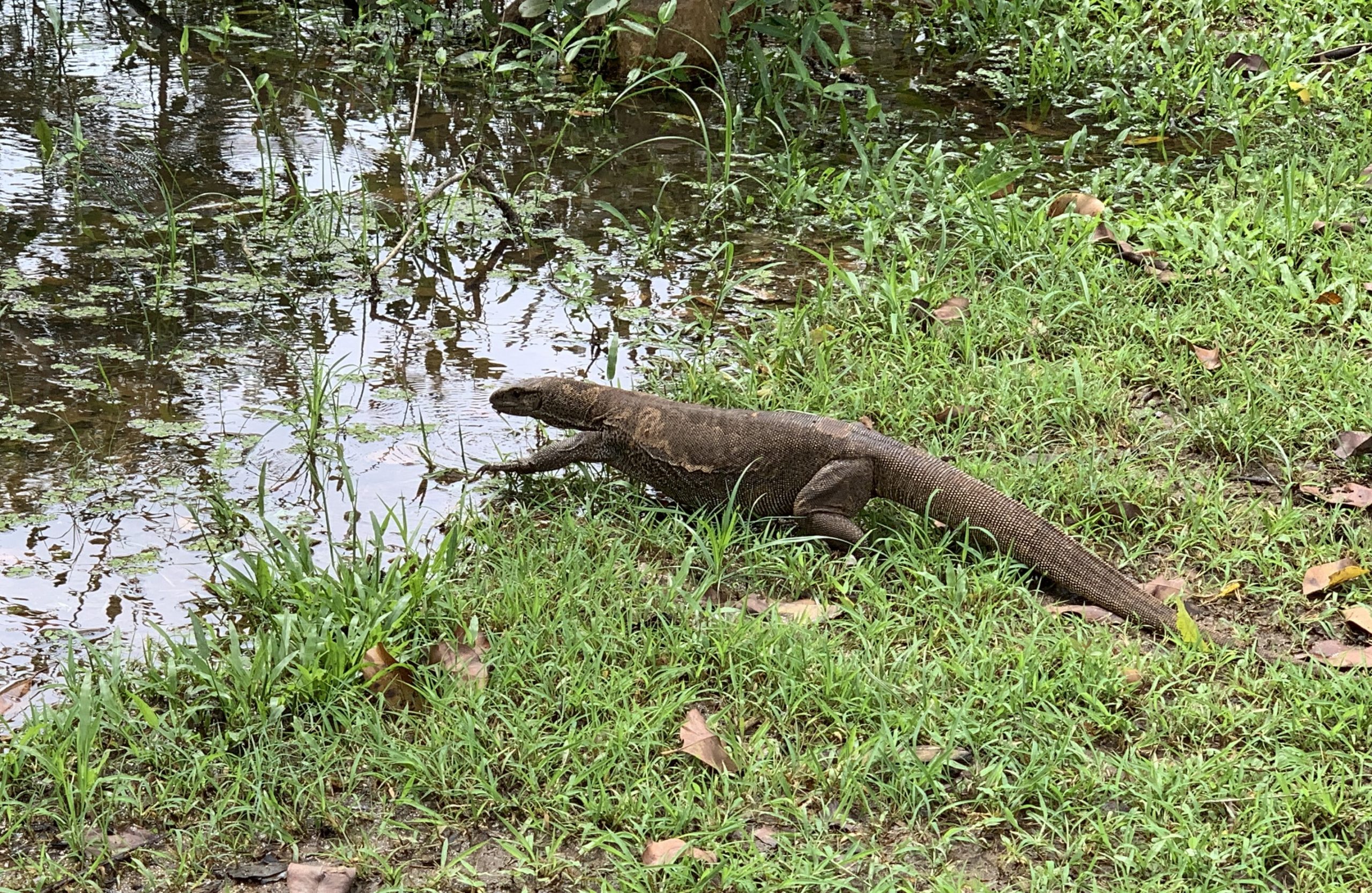
And, to return to where my adventure began, here is the morning view from the room in the first hotel we stayed at.
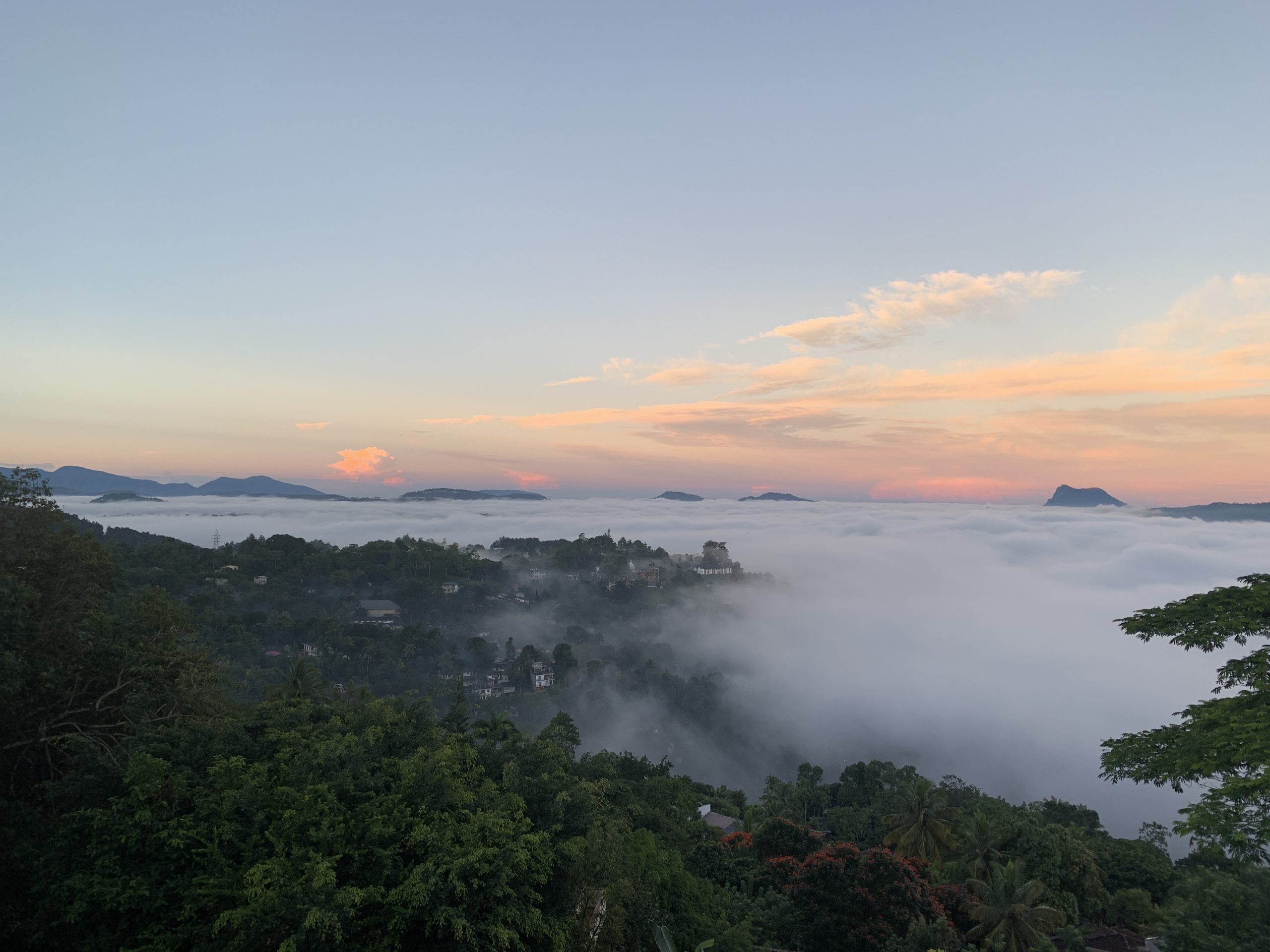
Finally, have a look at the various patterns and shapes of nature. No words needed.







